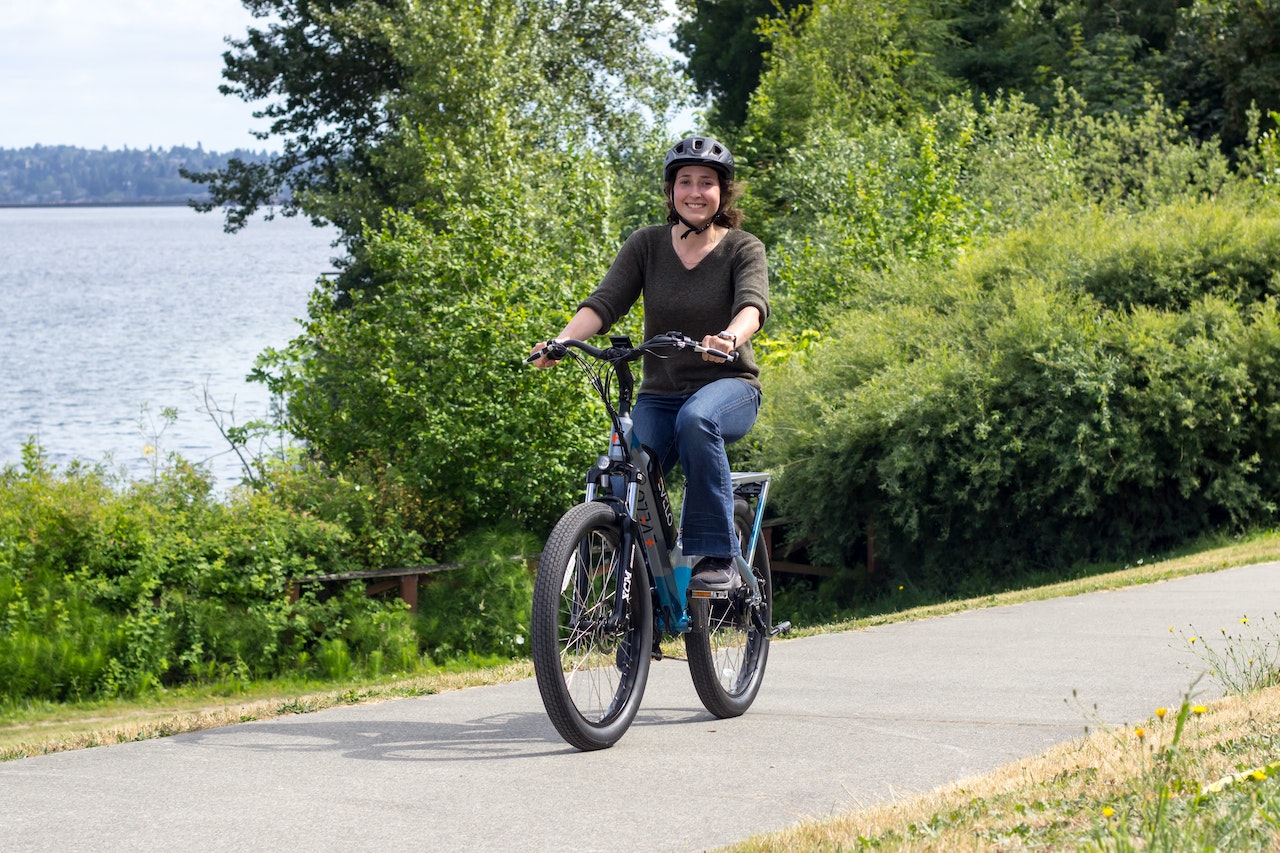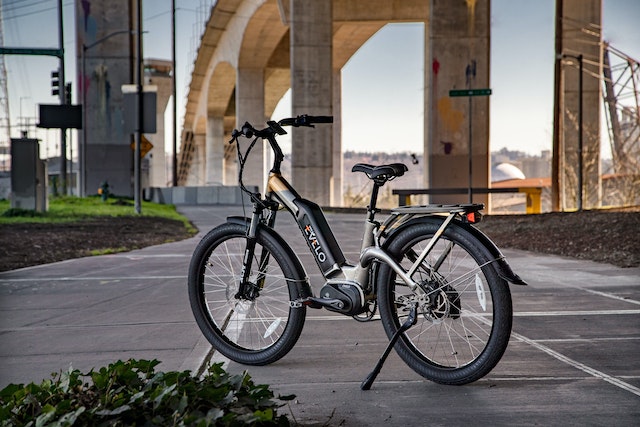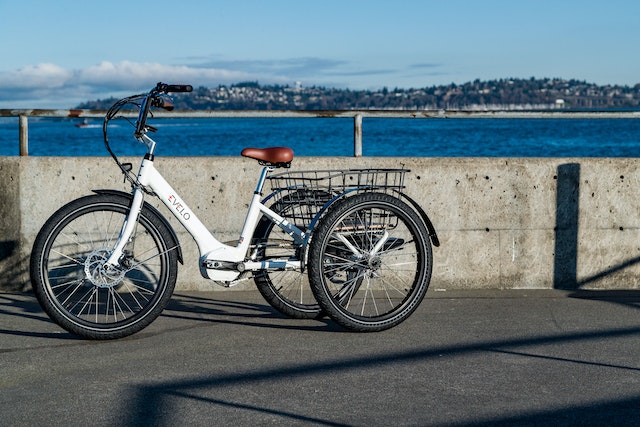Comments
- No comments found

E-bike riders are more likely to suffer from internal injuries compared to regular bike users.
The ever-growing consumer motor vehicle costs and awareness about environmental pollution, climate change and the necessity for individual environmentally friendly practices have resulted in an incredibly high increase in direct-to-consumer electric bike sales of more than 250% since before the pandemic.
Per the National Bicycle Dealers Association, e-bike sales in the United States crossed the $1.3 billion-mark last year. Many federal agencies, city governments and others recommend their use as a more convenient and eco-friendly alternative to motor vehicles and other forms of transportation. Manufacturers and dealers sell hundreds of thousands of e-bikes each year.
Yet, with this increase in distribution, many people have started to question e-bike safety, especially in light of more reports of accidents, serious injuries and even deaths. The U.S. Consumer Product Safety Commission found, via its National Electronic Injury Surveillance System (NEISS) of hospitals, that traditional bikes offer a safer mode of transportation than their electric counterparts. For example, e-bike riders and passengers are more likely to experience concussions and internal injuries (i.e., 7.5% versus 17% risk) than traditional bicycle riders.
Before you purchase or rent an e-bike, consider the following:

Many people who ride e-bikes never receive an appropriate education about state driving and road rules. Some riders never take the time to read their manuals or learn how to use these products properly. They also perform risky actions while on e-bikes, such as driving with too little weight, adding too much weight, traveling at high speeds in low-speed areas, driving too close to pedestrians, or driving on or too close to sidewalks.
E-Bikes fall into three classification categories. A consumer can use a Class 1 pedal-assist bike up to 20 mph, a Class 2 no-pedal motor-engaged bike up to 20 mph, or a Class 3 pedal-assist bike up to 28 mph. In some states, depending on state law, no child under the age of 16 or 14 can use a Class 3 e-bike because children and people under a certain weight can't always control e-bikes that weigh more or travel at speeds similar to electric scooters and trail or moto bikes. Some e-bikes weigh 60 or more pounds and can cause someone twice that weight to struggle with handling and high speeds. Most younger kids can't physically pedal a traditional bicycle more than 10 mph, and the process takes time. E-bikes can reach 20 mph or higher within seconds.
Many people don't understand that e-bikes are similar to scooters, motorcycles and cars when considering handling, safety risks and repairs. Young riders often don't always know how to handle sudden changes in traffic conditions or e-bike physical design flaws. Older riders with appropriate knowledge, especially seniors and anyone suffering from muscle wasting or weakness, often can't react fast enough or prevent a heavier e-bike from falling over.
Choosing an e-bike that is an appropriate size for the rider and their ability level is an important step in using an e-bike safely. E-bike safety courses are available online and in person for new riders. It is also important to follow the same safe riding practices as a regular bike, such as following traffic rules, making yourself visible to drivers, signaling turns and wearing protective gear like helmets.
Many companies fail to appropriately alert consumers in their advertising and marketing materials or manuals about the appropriate rider age or weight for using their products. E-Bike direct-to-consumer manufacturers also receive a lot of leeway at the federal and state levels in relation to the design, marketing and distribution of their products.
A 2003 federal regulation (Code of Federal Regulations Part 1512) notes that e-bikes can have two or three wheels and should provide working pedals, a 750-watt or higher motor, and never go above 20 mph on level paved surfaces. This regulation describes a standard operator as weighing 170 pounds. Many e-bikes don't meet these requirements. Uniform design and safety requirements don't exist, and few states have enacted new laws to address safety concerns.
An e-bike on the market today might possess a frame that's too low to the ground, use an unsafe braking design or contain cheap parts that can cause wheels to become wobbly or fall off at high speeds. Common defects with e-bikes found through accident-injury and other reports include battery fires and malfunctions, controller problems, front-wheel failures, locked bearings, sticking throttles and cheap tire blowouts.

Lastly, most e-bike manufacturers design their products with lithium-ion batteries that can overheat or explode and cause fires that a standard fire extinguisher can't usually put out permanently. A high number of injuries and deaths related to fires caused by e-bikes prompted New York to enact new laws this year, for example, to address the most common e-bike safety problems. All e-bikes and e-mobility devices sold in that state must pass rigorous UL Research Institute or European CE testing and receive certification.
Lithium-ion batteries can swell or explode from a defect, overcharging, high heat exposure, puncture or material breakdown with age. Once a fire starts, the lithium salts can reignite repeatedly. Cheap materials and poor manufacture commonly cause explosions. An e-bike user needs to immediately seek a professional repair shop after an accident to confirm that their e-bike remains safe to use with a lithium-ion battery.
Signs of a defective or failing battery include odd odors and sounds from it, an overly warm surface, and charging problems. Fire safety experts recommend that all consumers nationwide only buy or rent from the most reputable manufacturers and dealers who guarantee UL or CE certifications, no matter their state's current laws. They also recommend that consumers never block an emergency escape route with an e-bike or charge an e-bike while asleep or away from home.
Leave your comments
Post comment as a guest